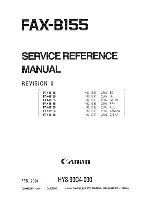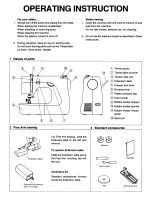
Lock settings
The following chart shows you what basically happens on the different lock settings.
Do not use lock settings that are not mentioned.
Lock setting
Needle position
before knitting
1 row
Guiding the
Yarn
What happens
Needle position
after knitting
1 row
When to use the
following positions
A llll
Working Position
Rest Position
in feeding eyelet
in feeding eyelet
does not knit
knits
Working Position
Working Position
Fairisle and
Slip stitch
B II
Working Position
Advanced
Working Position
in feeding eyelet
and
by hand
knits both yarns
Working Position
Working Position
Double Intarsia
B III
Working Position
Advanced
Working Position
in feeding eyelet
in feeding eyelet
knits
knits
Working Position
Working Position
Stocking stitch and
Tuck stitch
C II
Advanced
Working Position
in feeding eyelet
and by hand
knits both yarns
Advanced
Working
Position
Double rows
C III
Working Position
Advanced
Working
Position
in feeding eyelet
in feeding eyelet
knits
knits
Advanced
Working
Position
Advanced
Working
Position
Stocking stitch in
Advanced Working
Position
D II
Advanced
Working Position
by hand
knits
Advanced
Working
Position
Intarsia
Needle Return Positions
I
= Free move, meaning that in this position the lock can be lifted off and replaced on the needle bed.
II
= In this position yarn that has been placed by hand into needles in Advanced Working Position * * * will be knitted
off.
Note:
latches must be open and yarn must be in every needle in Advanced Working Position***.
III
= In this position the yarn coming from the feeding eyelet is knitted off.
INI = Before knitting begins, the needles are pushed from Rest P osition**** to Advanced Working Position***, and
are then knitted off on the same row.
Never use position Nil if you are knitting patterns where the yarn has to be placed by hand into the needle
heads.
46
f




































